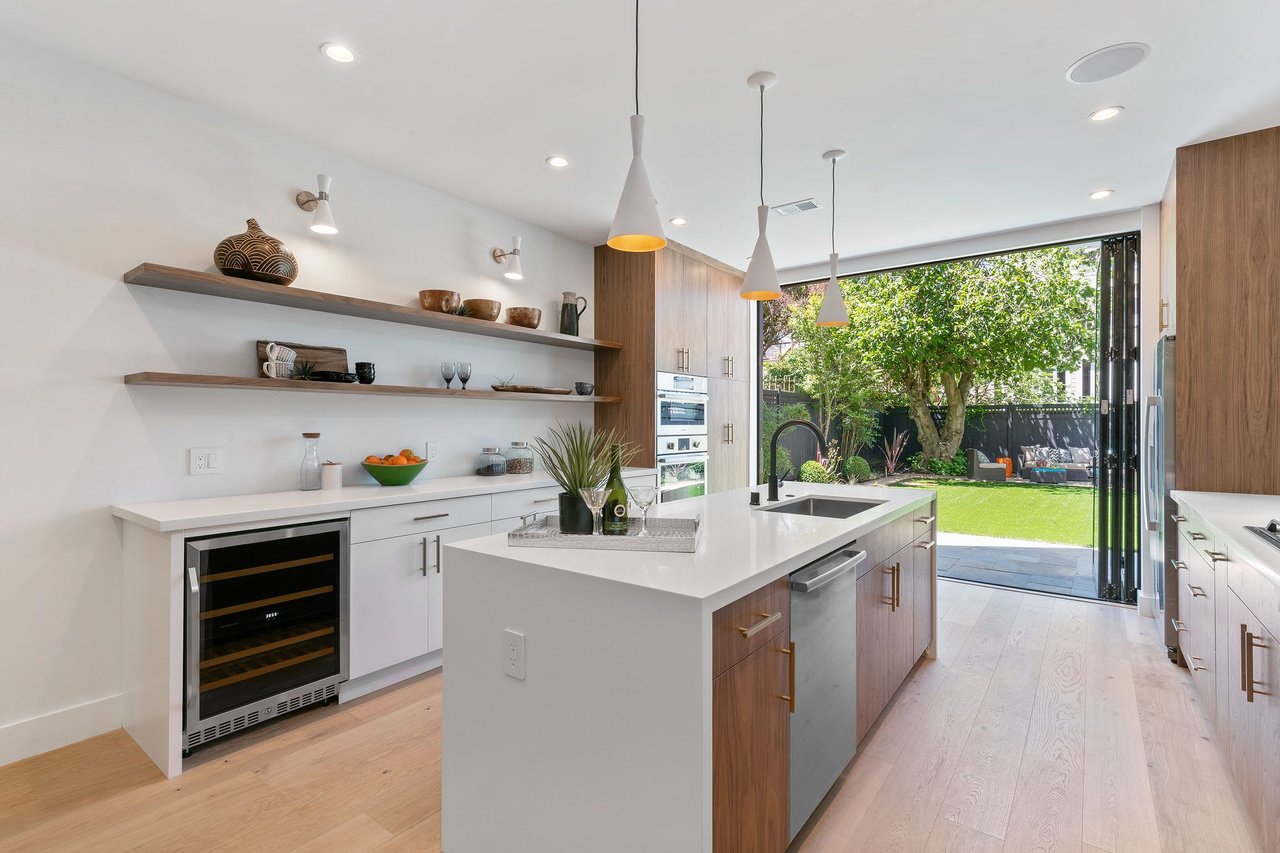What Are TICs and How Do They Work?


Purchasing a property with a TIC (tenancy in common) agreement means that you do not own the property outright, but rather a percentage stake of it along with two or more people. The percentage can be equal or different – depending on the specific circumstances. If one of the tenants in common were to die, then their share would be passed on to their estate.
Let’s examine why TICs are popular in San Francisco, and what their strengths and weaknesses are.
How does a TIC work?
In San Francisco, a TIC is often referred to as the specific unit in the building, whereby each owner has occupancy rights under a TIC agreement. This legal document outlines the rights to the building and is signed by all of the co-owners. The agreement is separate from the deed itself and is just for the purposes of establishing the percentage of the ownership.
TIC agreements are flexible and can be changed at any time to accommodate a larger or smaller proportion for an owner, or to add another owner. For example, if there are two owners with a 50/50 split, one might decide to share their percentage of ownership with another person so it becomes 50/25/25.
TICs in San Francisco and the Bay Area
It has become increasingly common to have TIC buildings in San Francisco, since they were initially created to provide an entry point for those who could not enter the market affordably. They have been around for several decades, and initially weren’t favored due to them having to be financed from a group loan. They are now usually fractionally financed, meaning if one owner defaults on a loan, the lender can only foreclose on that owner’s interest, as opposed to group loans where everyone is affected.
It is safe to say that the property market in San Francisco is one of the most expensive in the world, and therefore a TIC agreement represents the option for someone to purchase property and break into the market. Furthermore, San Francisco as an area is generally restrictive towards new condo construction, which keeps the cost of existing apartment buildings lower.
Like other types of property, the value of TICs rises and falls. The total amount of loans which have been offered for TICs is currently quite low, and lenders are forced to keep the loans on their portfolio. As such, some banks do not consider them worthwhile in terms of developing a program for fractional TIC loans and there are only a few banks that currently offer them.
What are some of the pros and cons of TICs?
There are various benefits to purchasing a TIC. One of the main attractions is that you are likely to pay 10-20% less than you would for a condominium on a price per square foot basis. Therefore, if you plan to live in it for a while and then sell it, it may be a worthwhile investment. TICs also give you the option to buy in a neighborhood which may have previously been out of your price range. Plus, under certain circumstances, you may be able to convert a TIC into a condominium which would increase the value of the asset considerably.
In terms of the potential hurdles of purchasing TICs, they can be legally complex due to the technicalities of splitting ownership – it is worth having a trustworthy lawyer to read over any TIC agreement that you plan to sign. It is also possible that any attempt to convert a TIC into a condominium can be prohibited, which would stop making a potential return on the investment. As previously mentioned, whilst there are more mortgage options on TICs than there were previously, most banks will not provide fractional loans for them.
On balance, TICs remain an excellent option to enter the market for not as much expense, but it is important to be wary of the potential limitations. Anyone considering purchasing a TIC should bear in mind that TIC agreements are categorized as unrecorded documents and therefore have to be signed for legal validity.
To learn more about the San Francisco property market, please sign up for our newsletter here.

Real Estate
November 15, 2022
Whether you’re buying or selling, we want to make sure you have the best, most pertinent information, so we’ve put together this monthly analysis breaking down specifi… Read more

November 11, 2022
It is finally that time of year again—the holidays are officially here! In just a few short weeks, Thanksgiving will be at our doorsteps, kicking off the coveted seaso… Read more

Ron Abta | November 8, 2022
San Francisco is notorious for its unique architectural styles that have been duplicated across the world. A style of home that is prevalent in San Francisco yet does … Read more

September 29, 2022
Fall is officially here! Break out the autumn décor, Halloween decorations, and hot apple cider. Some fan favorites of the season include: Hayrides Apple and pumpkin p… Read more

September 27, 2022
The Big Story Housing market recession? Depends on who you ask. Quick Take: Home prices fell for the first time this year, declining 2.4% month-over-month, according t… Read more

August 23, 2022

August 23, 2022

Real Estate
July 29, 2022

Real Estate
July 29, 2022
You’ve got questions and we can’t wait to answer them.